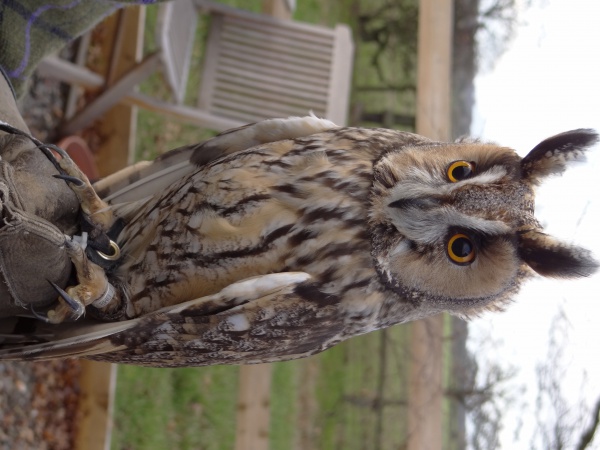Facts About Long-eared owl
The long-eared owl, also known as the northern long-eared owl, lesser horned owl, or cat owl, is a fascinating medium-sized species. It boasts a wide breeding range across Europe, the Palearctic region, and North America. This owl belongs to the Strigidae family, which comprises typical owls.
Habitat and Diet
Long-eared owls thrive in semi-open habitats, roosting and nesting in dense woodlands while preferring to hunt over open ground. Their diet mainly consists of small rodents, especially voles. However, they are quite adaptable and also prey on birds and insects when necessary. Interestingly, they often use nests built by other birds, especially those belonging to corvids, such as crows and ravens.
Behavior and Migration
Unlike many other owl species, long-eared owls are not very territorial. They are partially migratory, appearing erratically and sometimes considered nomadic. During winter, it is not uncommon to find them sharing regular roosts with other long-eared owls.
Physical Description
These owls are slim with long wings and prominent ear tufts. Their coloration is generally ochraceous-tawny with a grayish or brownish wash and blackish streaks. Individual and regional variations in appearance are common. They measure between 31 and 40 cm in length, with a wingspan of 86 to 102 cm. As is typical among birds of prey, females are slightly larger than males. They have a blackish bill and eyes that range from yellowish-orange to orange-red.
Sounds and Hearing
Males have a deep "whoop" song, while females produce higher-pitched, nasal sounds. Both can make cat-like, high-pitched notes and hissing sounds when threatened. They possess large, asymmetrical ear slits that enhance their ability to hear sounds from various directions, thereby improving their hunting skills.
Taxonomy and Subspecies
Long-eared owls belong to the genus Asio and have three to four subspecies:
- Asio otus otus: Found across the Palearctic region.
- Asio otus canariensis: Endemic to the Canary Islands.
- Asio otus wilsonianus: Found in North America.
Distribution and Adaptability
These owls are widely distributed across Europe, parts of Asia, and North America. They can inhabit various environments, including woodlands, swamps, orchards, and even urban areas. Their high adaptability allows them to thrive in diverse altitudes and climates, from temperate zones to semi-deserts.
Behavior and Reproduction
Long-eared owls are nocturnal hunters. They are not territorial and often roost communally in winter. Some northern populations migrate south in autumn, exhibiting nomadic tendencies based on prey availability. They are monogamous, with males claiming territories through singing and display flights. They typically use old nests of other birds for breeding, preferring those in coniferous trees. Females lay 3-5 eggs, which hatch after about 27-28 days. The young leave the nest at 20-27 days old and are fed by their parents for up to two months.
Conservation Status
Long-eared owls face threats from habitat loss, pesticides, and persecution, but they remain widespread and numerous. Conservation efforts include providing artificial nesting sites and supporting them during periods of low prey availability. Despite declines in some areas, the long-eared owl is considered a species of least concern by the IUCN.

 Belgium
Belgium